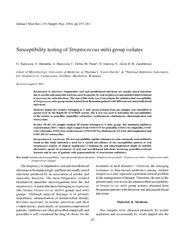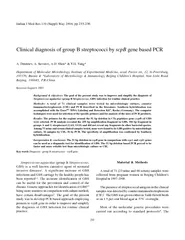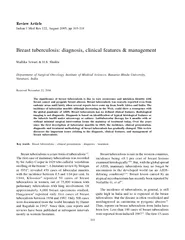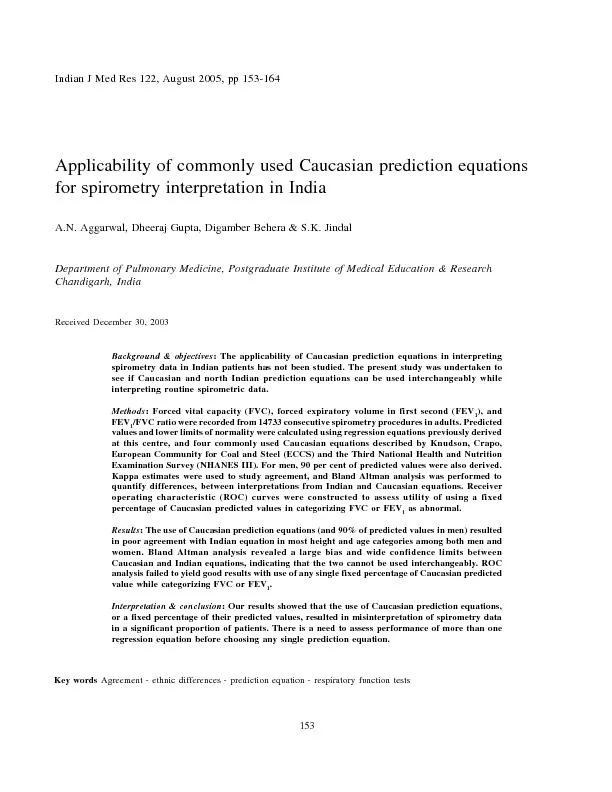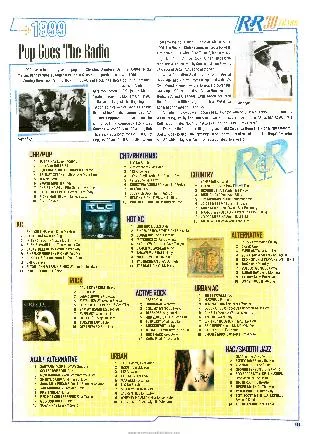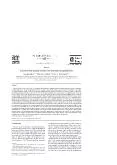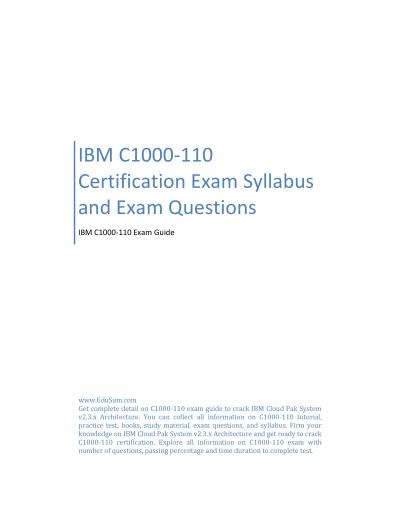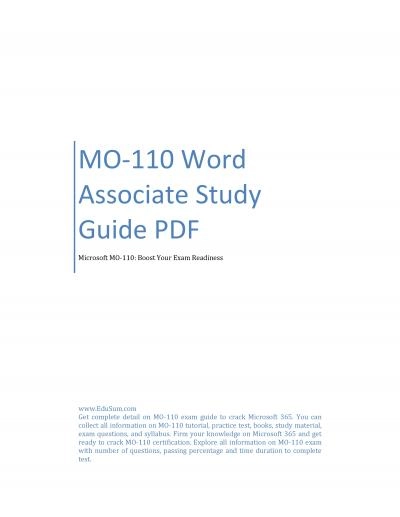PDF-Indian J Med Res 110 August 1999 pp 5669Fifteen year follow up of t
Author : bency | Published Date : 2022-08-16
every year It is also the largest killer from a single major pathogen in adult life Among women tuberculosisaccounts for as many deaths as maternal intrapartumand
Presentation Embed Code
Download Presentation
Download Presentation The PPT/PDF document "Indian J Med Res 110 August 1999 pp 5669..." is the property of its rightful owner. Permission is granted to download and print the materials on this website for personal, non-commercial use only, and to display it on your personal computer provided you do not modify the materials and that you retain all copyright notices contained in the materials. By downloading content from our website, you accept the terms of this agreement.
Indian J Med Res 110 August 1999 pp 5669Fifteen year follow up of t: Transcript
Download Rules Of Document
"Indian J Med Res 110 August 1999 pp 5669Fifteen year follow up of t"The content belongs to its owner. You may download and print it for personal use, without modification, and keep all copyright notices. By downloading, you agree to these terms.
Related Documents



